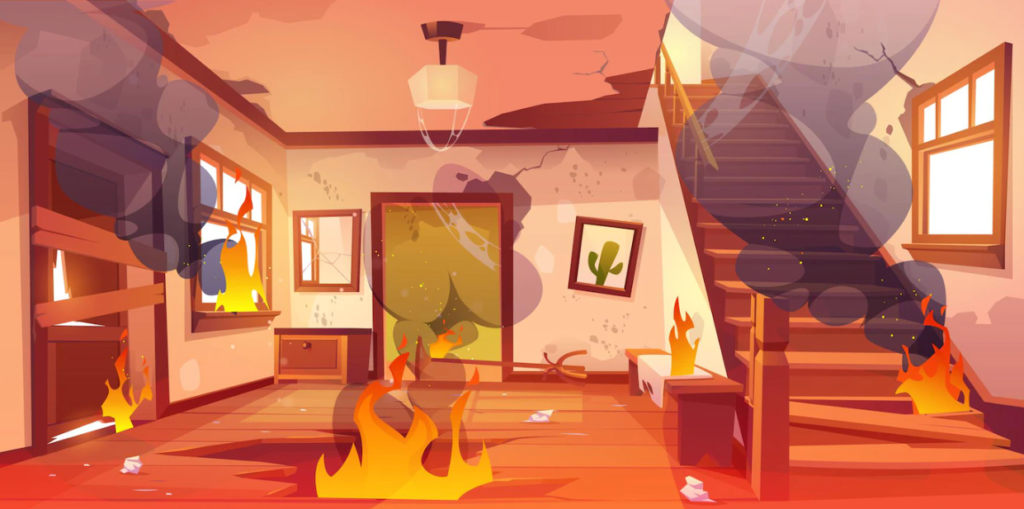Thousands of people are treated for burn injuries every year, according to the Burns Registry of Australia and New Zealand (BRANZ).
There are many causes for serious burns, such as contact with hot water or other liquids and severe sunburn. All of these can cause permanent damage and scarring to the skin.
The good news is in the past decades, fatalities and injuries from fires and burns have significantly decreased. This is due to public awareness of home safety precautions and knowledge of first aid treatment for burn injuries.
Hence, it is critical to learn safety precautions and first aid to prevent injuries and dangerous situations during home fires.
Burn Injuries At Home
Many ordinary things at home, including electrical outlets, food, hot liquids, and high bath water temperatures, can cause burns. In fact, fires and burns are one of the leading causes of accidental injuries and deaths at home.
A home should be a sanctuary and a safe place for you and your family. But without proper precautions I place, many injuries can occur, and that’s including burn injuries.
Taking the necessary precautions, following a few safety rules, and knowing first aid can greatly reduce the risk of you or a loved one sustaining serious burn injuries.
Household Safety Tips
Here are general safety tips to help prevent burns and fires in your home.
- Install smoke alarms and learn how to use a fire extinguisher properly.
- Teach all family members to stop, drop, and roll (Stop immediately on what you are doing; drop to the floor and cover the face with your hands; and roll on the floor to put out flames).
- Create an evacuation plan and practice it twice a year.
- Keep burning candles out of reach of children and store flammable materials away from sources of heat and flames.
- Cover unused electrical outlets with safety caps and keep electrical cords and wirings out of the way.
- Take extreme caution around open flames or sparks.
- Check the temperature of the bath water or liquid before touching it.
If you or others are suspected of sustaining heat, electrical, or chemical burn, seek medical attention immediately.
First Aid For Burns
Stop The Burning Process
Stopping the burn may mean removing the casualty from the area, dousing flames with water, or smothering flames with a blanket.
Remove Any Clothing Or Jewellery
Remove any items near the burnt area, but do not remove anything stuck to the skin. Trying to remove stuck or deeply embedded items could only cause more damage.
Cool The Burn
Cool the burn with cool or lukewarm running water for 20 minutes immediately after the injury. Avoid using ice, iced water, or creams and greasy substances like butter, as they could cause further damage.
Keep The Person Warm
Use a blanket or layers of clothing to keep the person warm. Doing this will also prevent hypothermia, which is a condition where the body temperature drops below 35C. Hypothermia is a risk, especially if the burn covers a large area of the skin.
Cover The Burn
Use a cling film or clear plastic bag and lay it over the burn.
Treat The Pain
Treat the pain from burn injuries with paracetamol or ibuprofen. Follow the manufacturer’s instructions when using over-the-counter (OTC) medication.
Elevate The Injury
Raise the affected area, if possible, to help to reduce swelling
When treating burn injuries at home, watch for any increase in redness or swelling, which may indicate infection. In such circumstances, call triple zero (000) and get medical attention immediately.
Conclusion
Burn injuries are painful and can cause serious injury or even death. Taking steps to prevent them and knowing what to do if they happen is an important part of burn awareness. It also helps minimise the impact of these injuries on yourself on your loved ones.
Book a first aid class today to learn more about burns and how to deal with any emergency.
Head to our course page and look for the nearest training venue near you.








